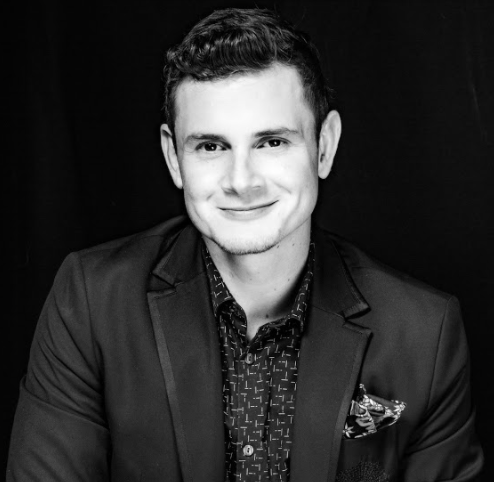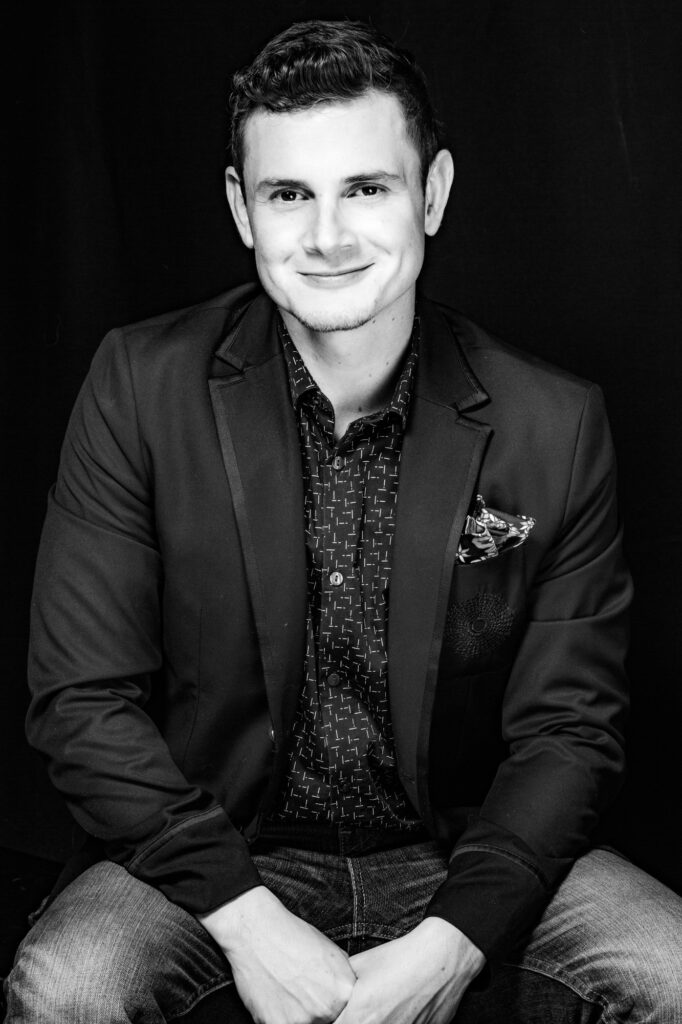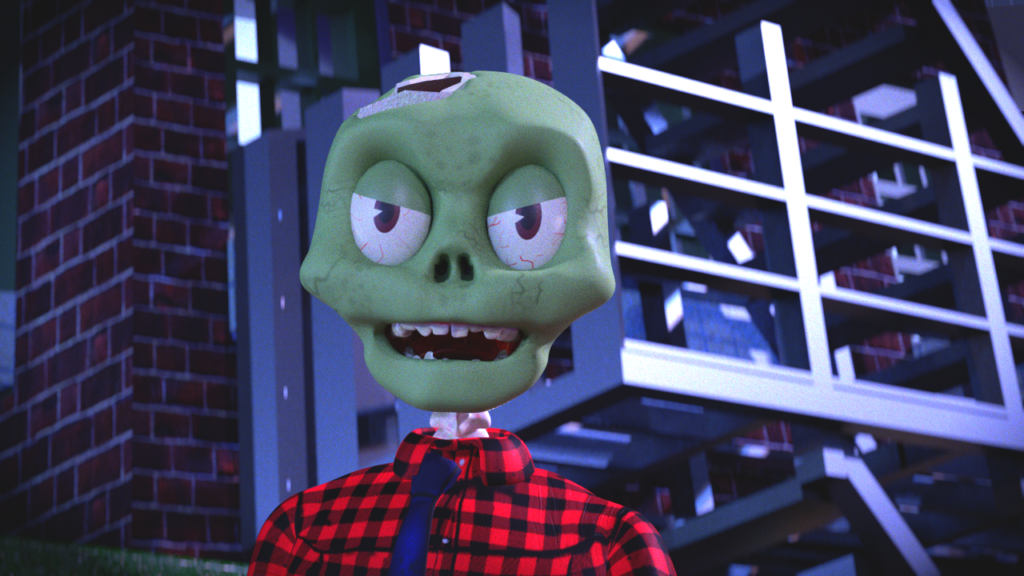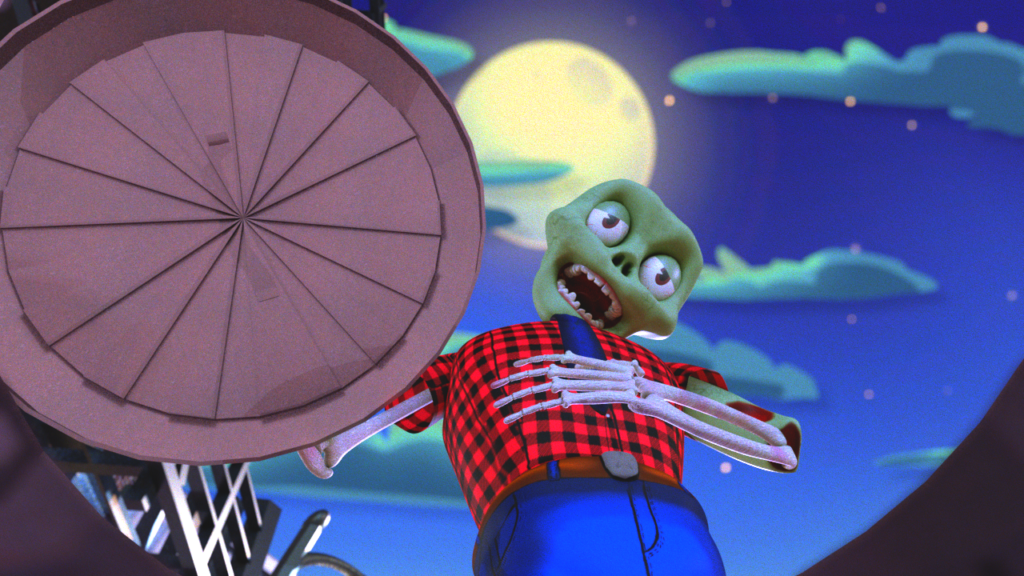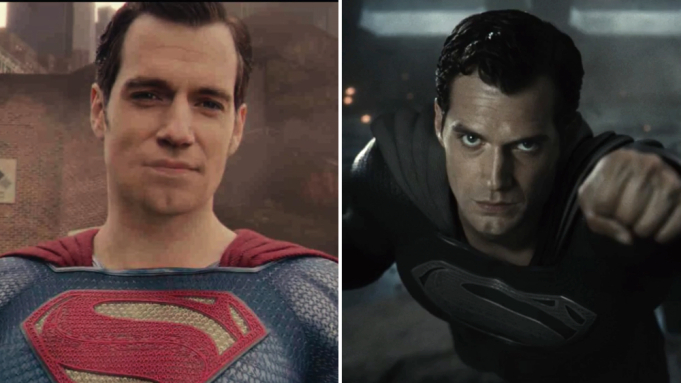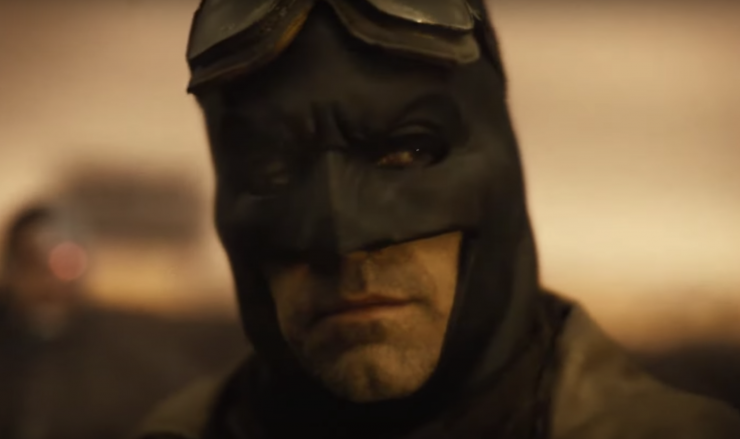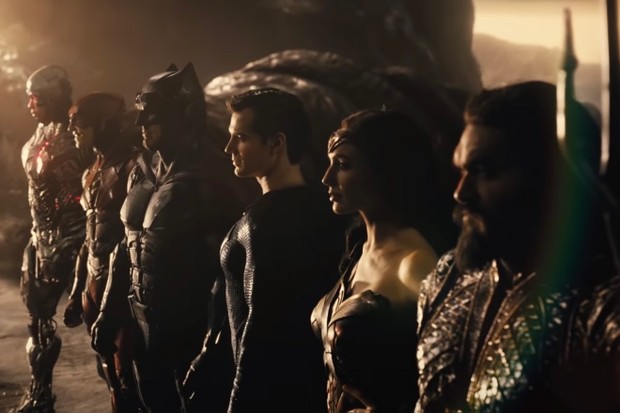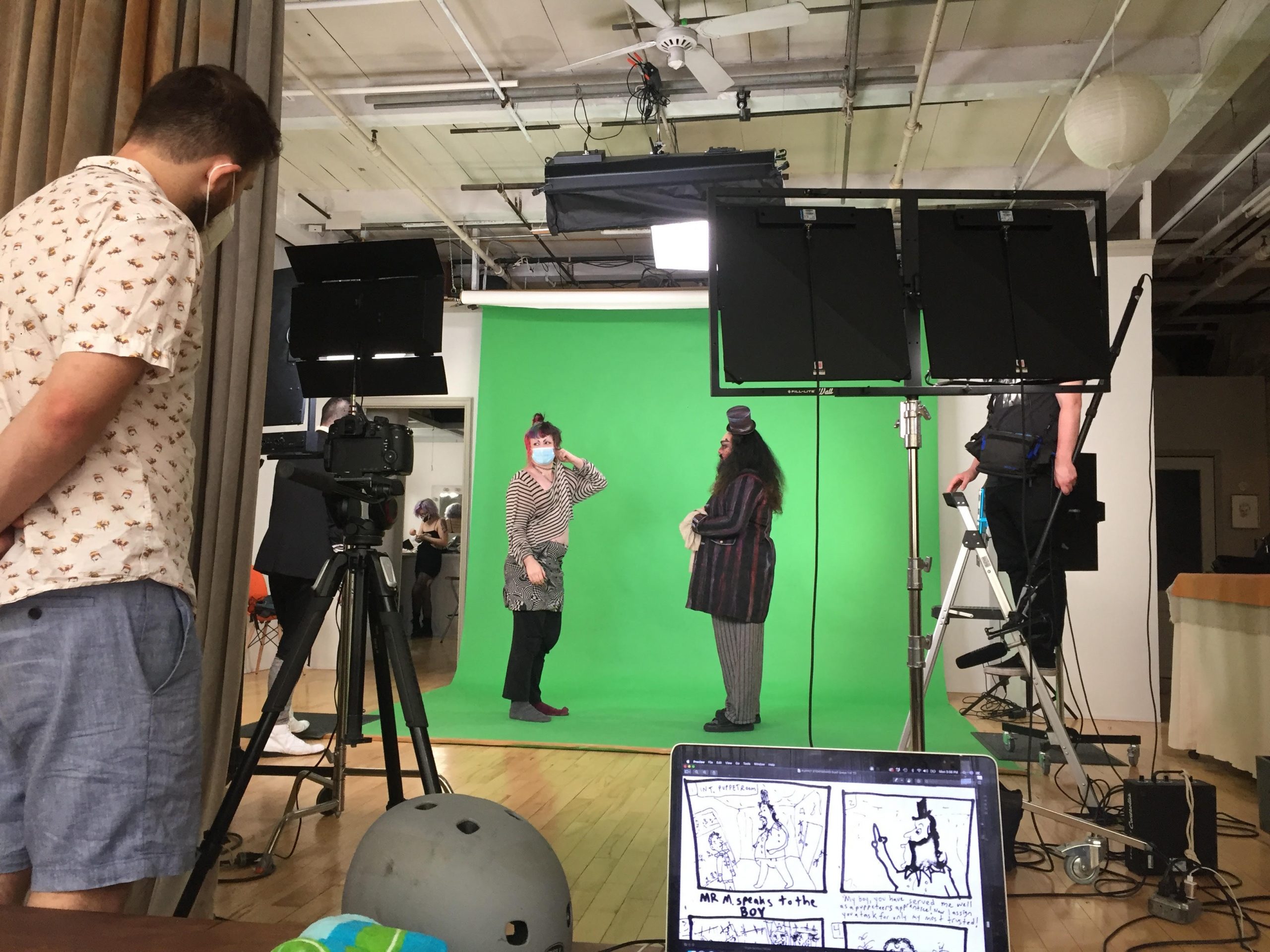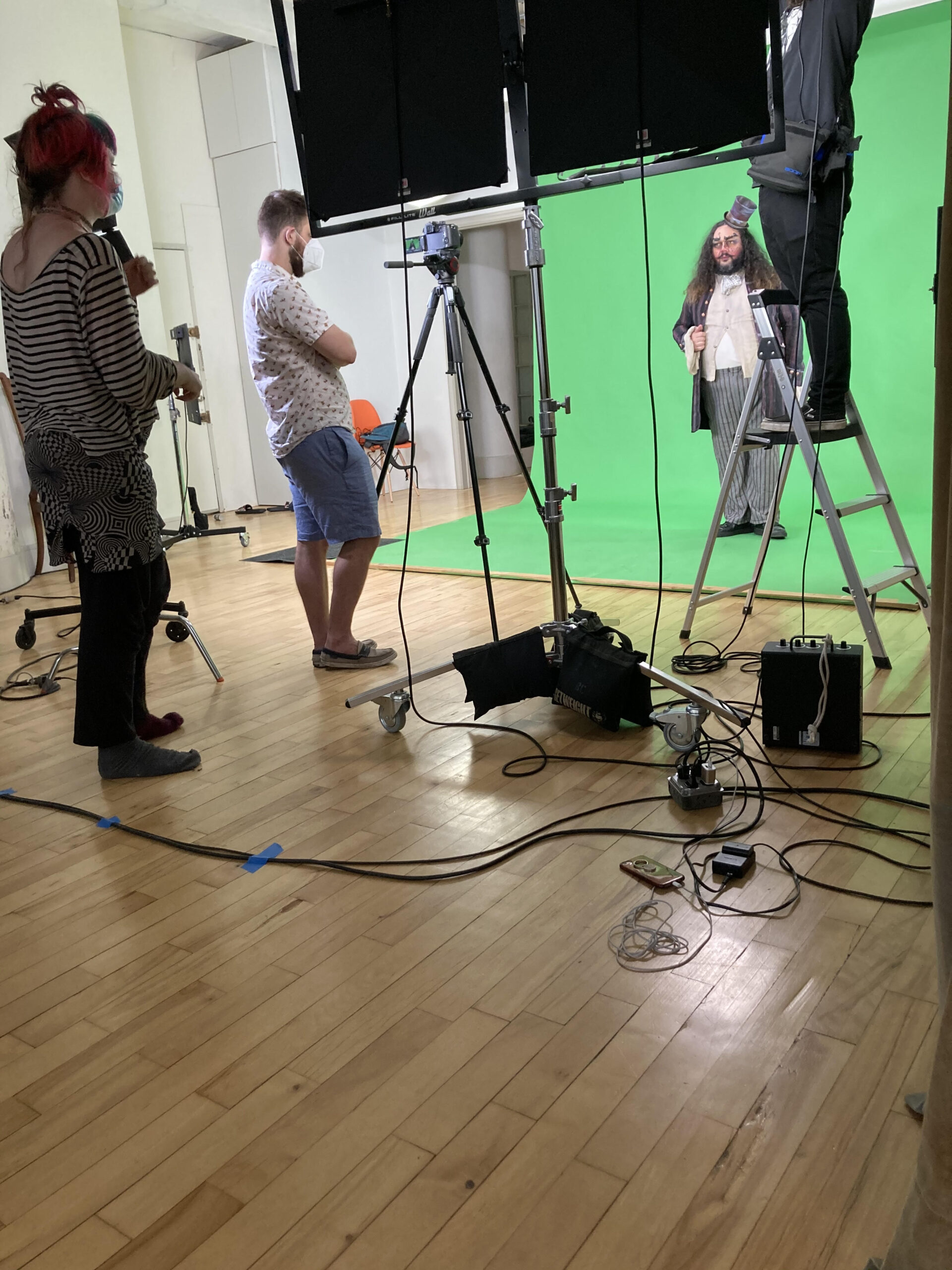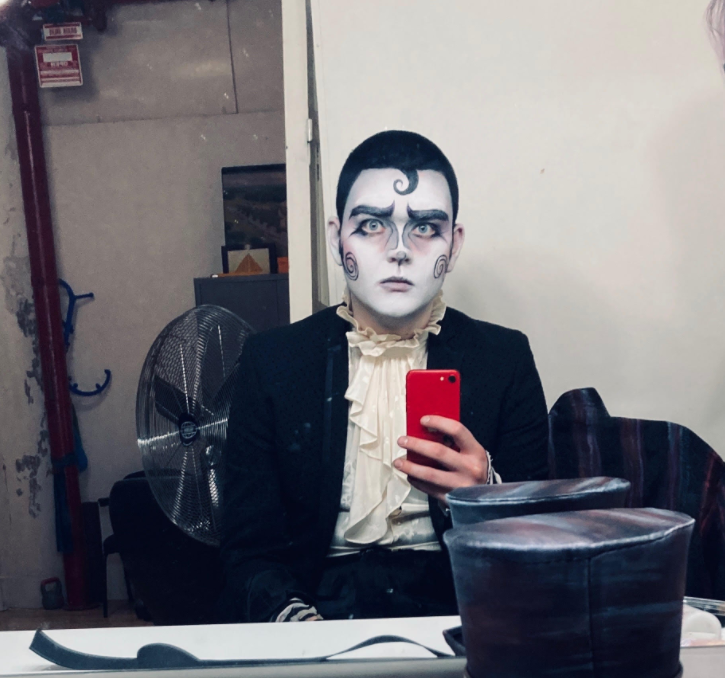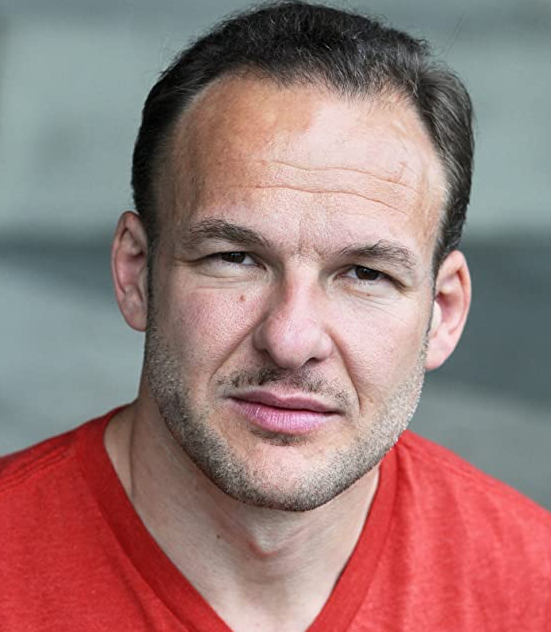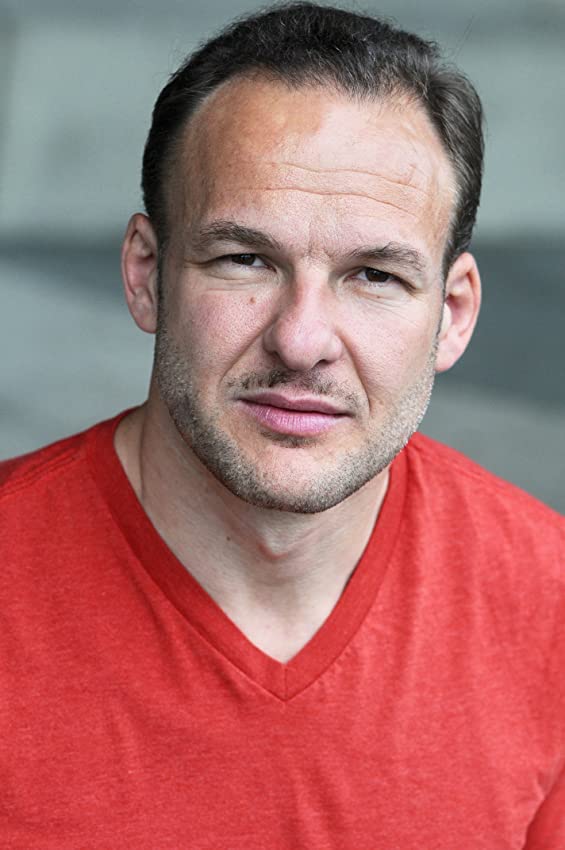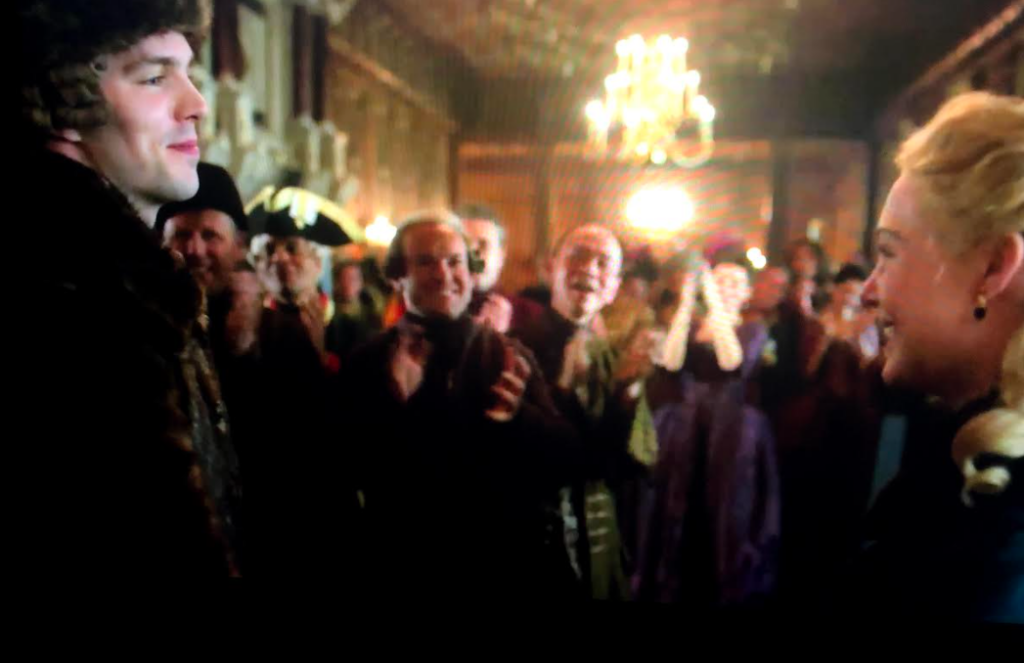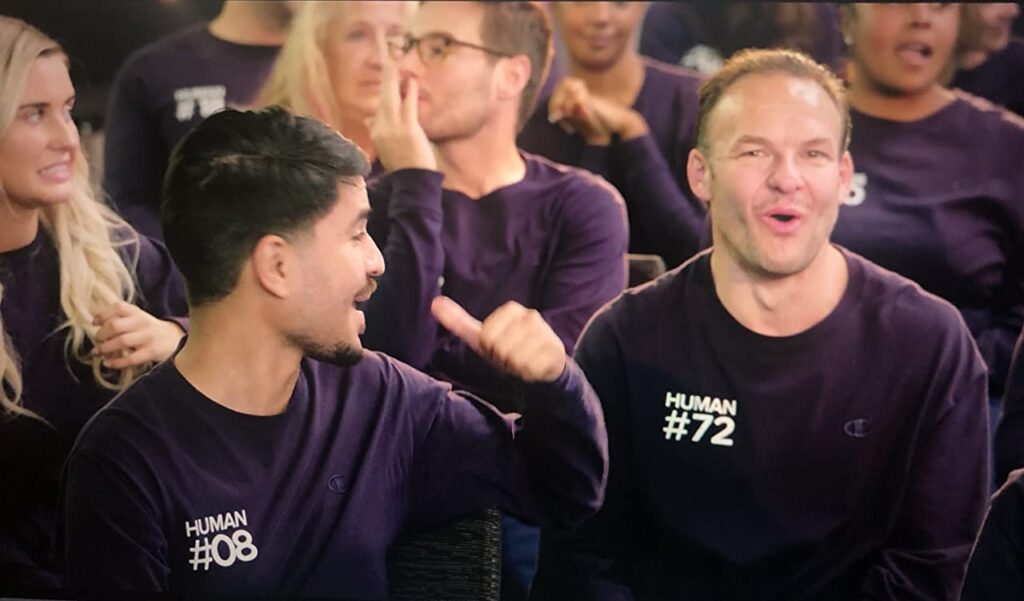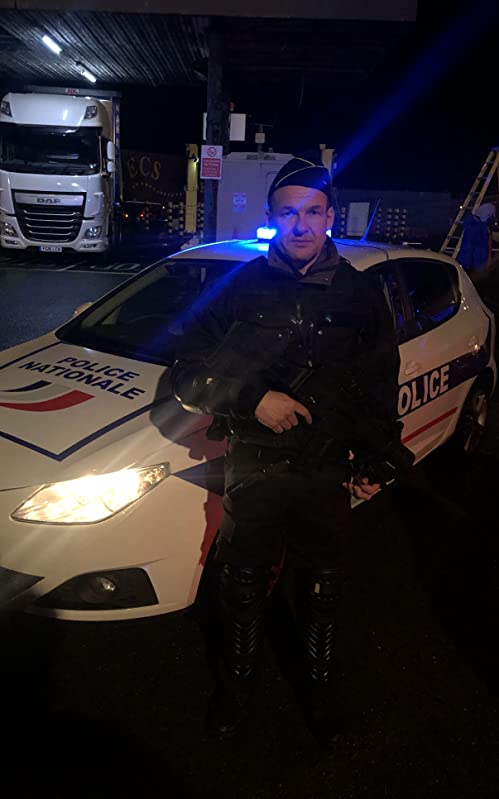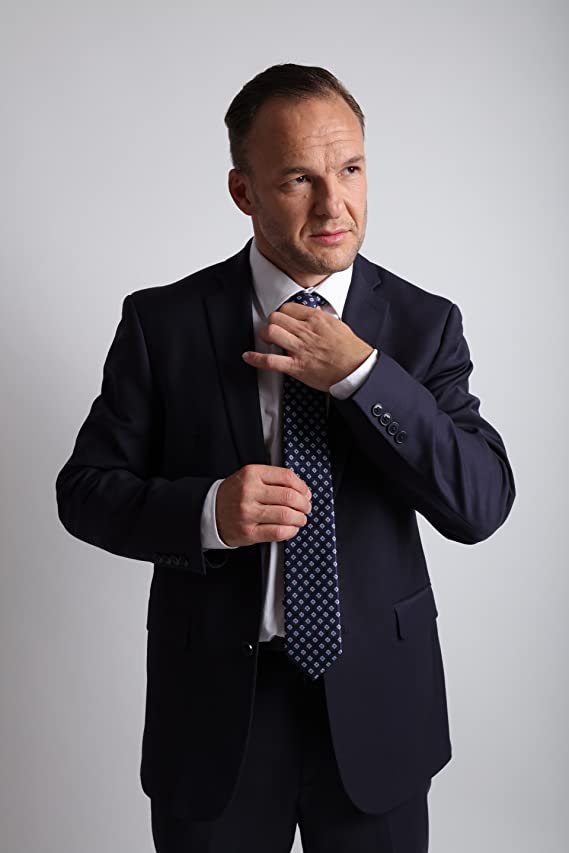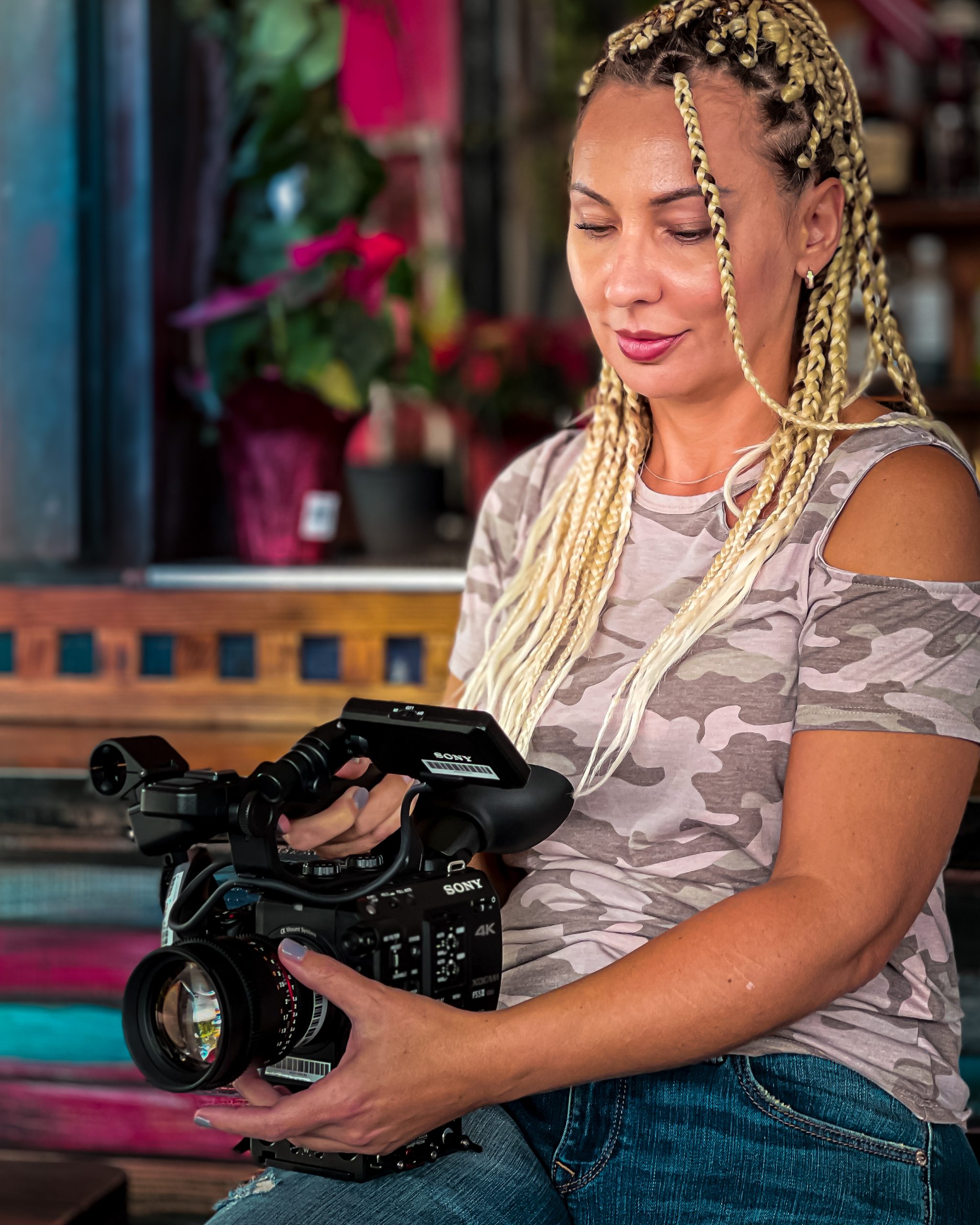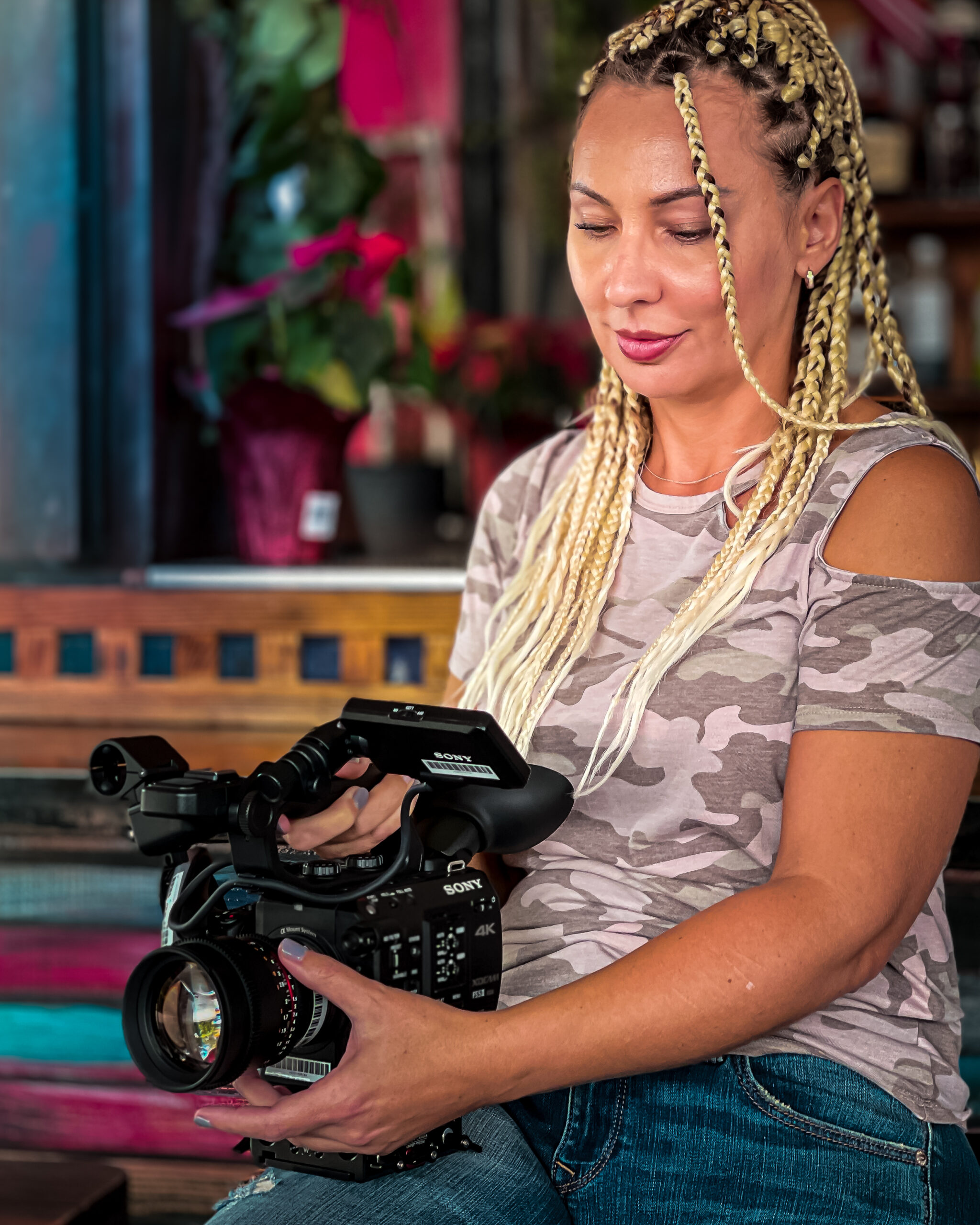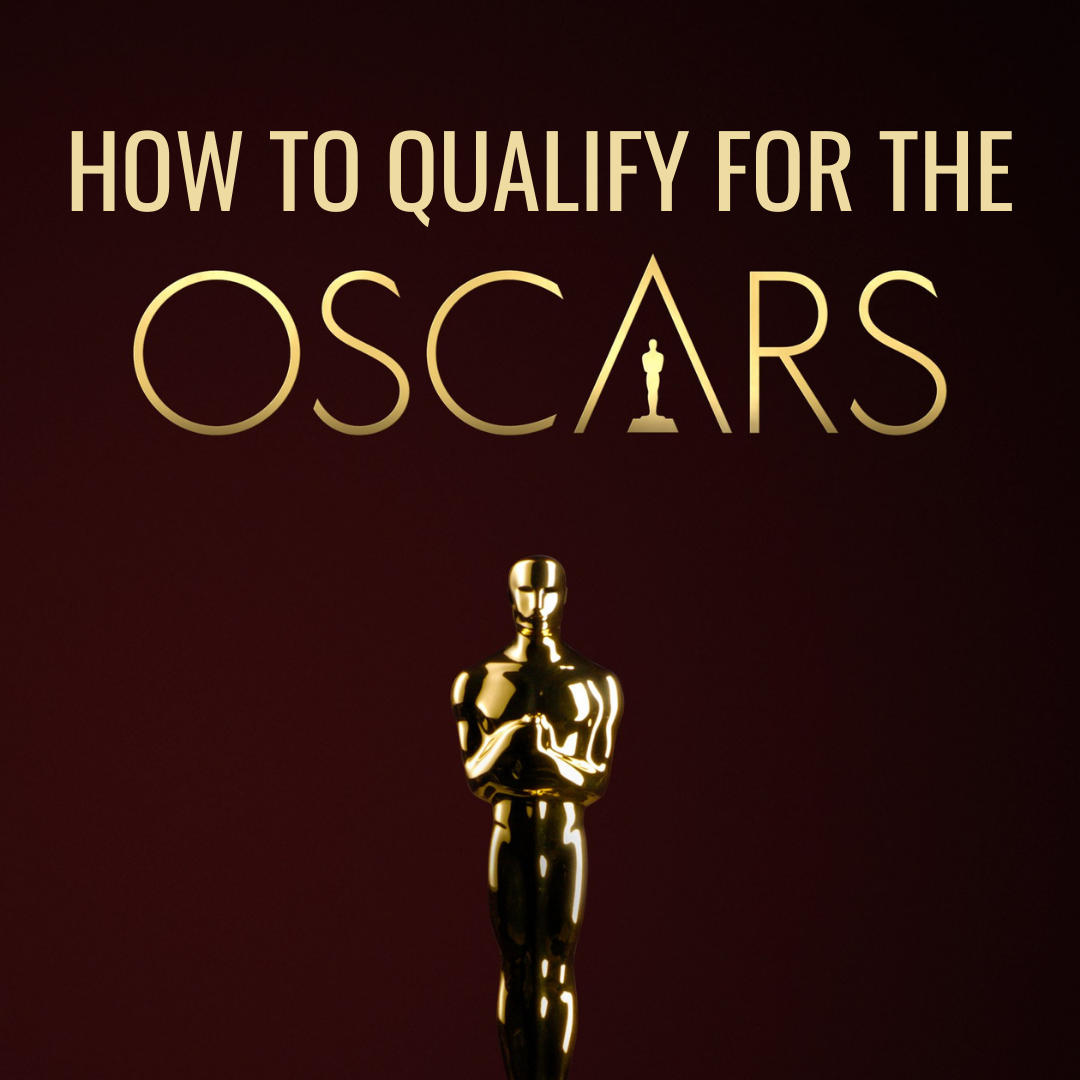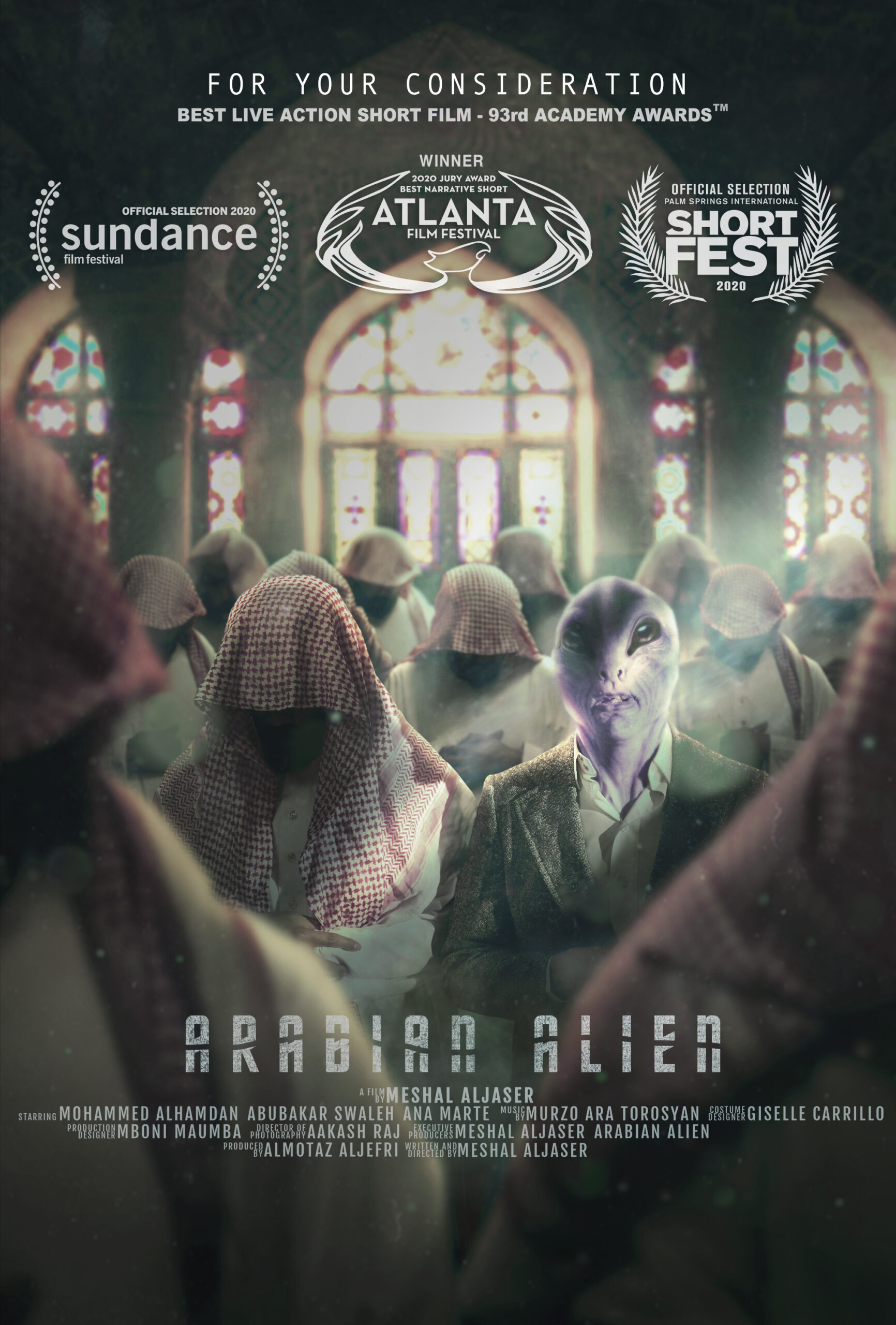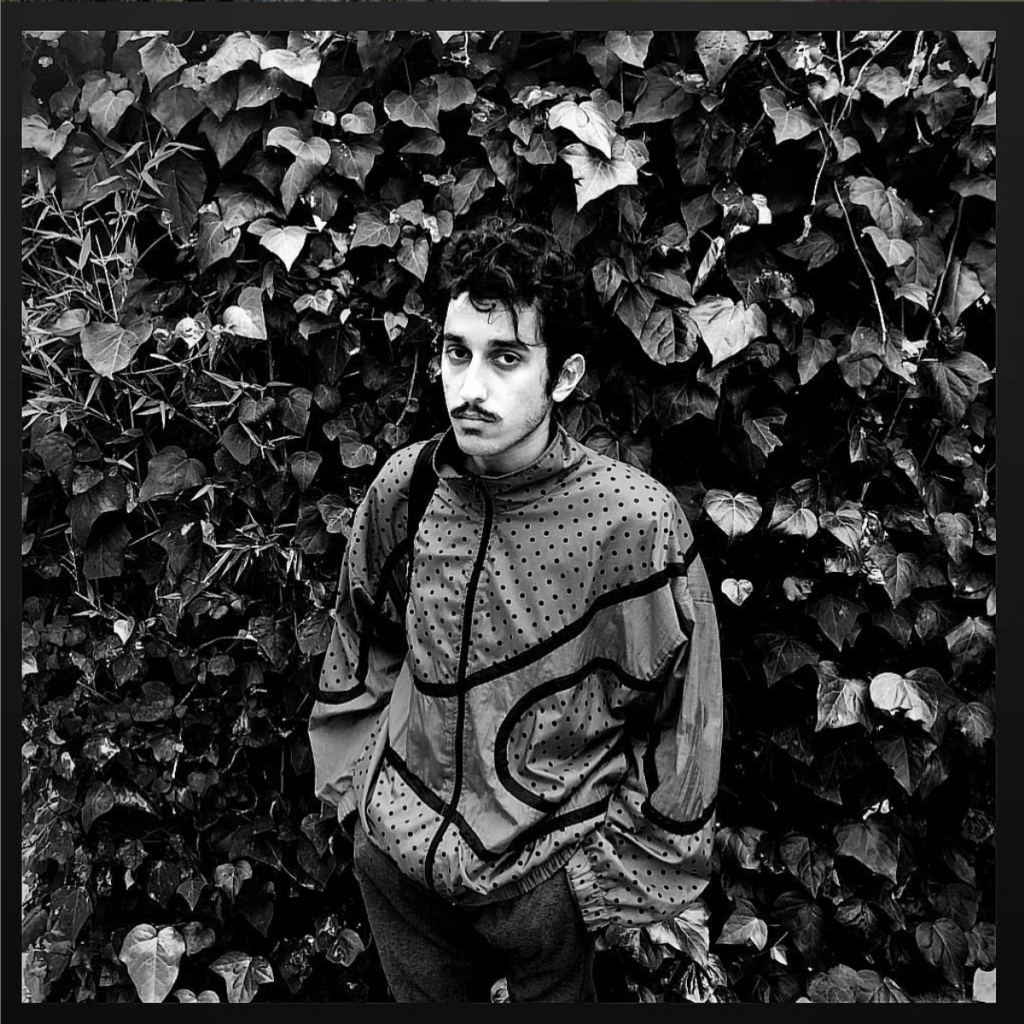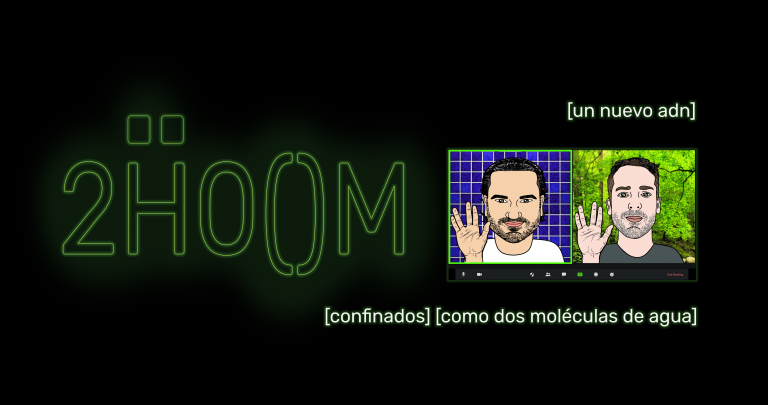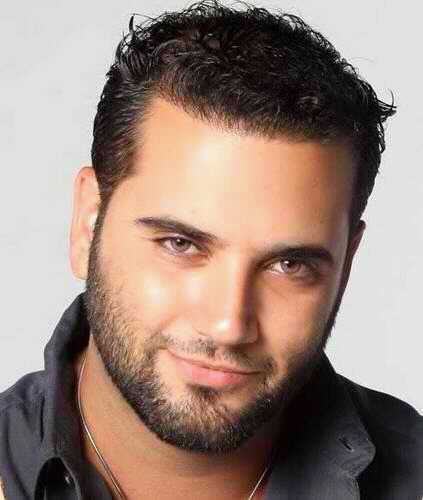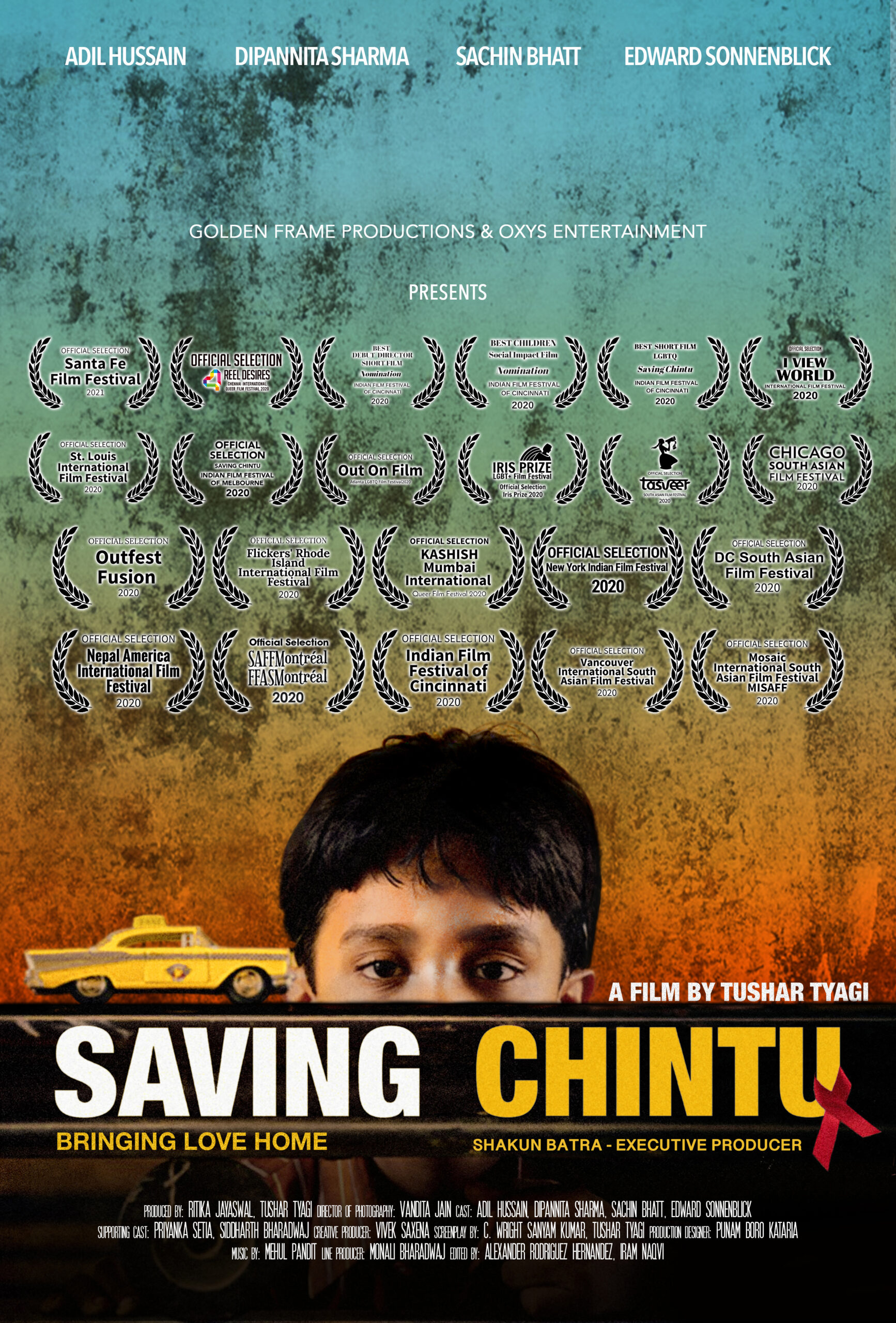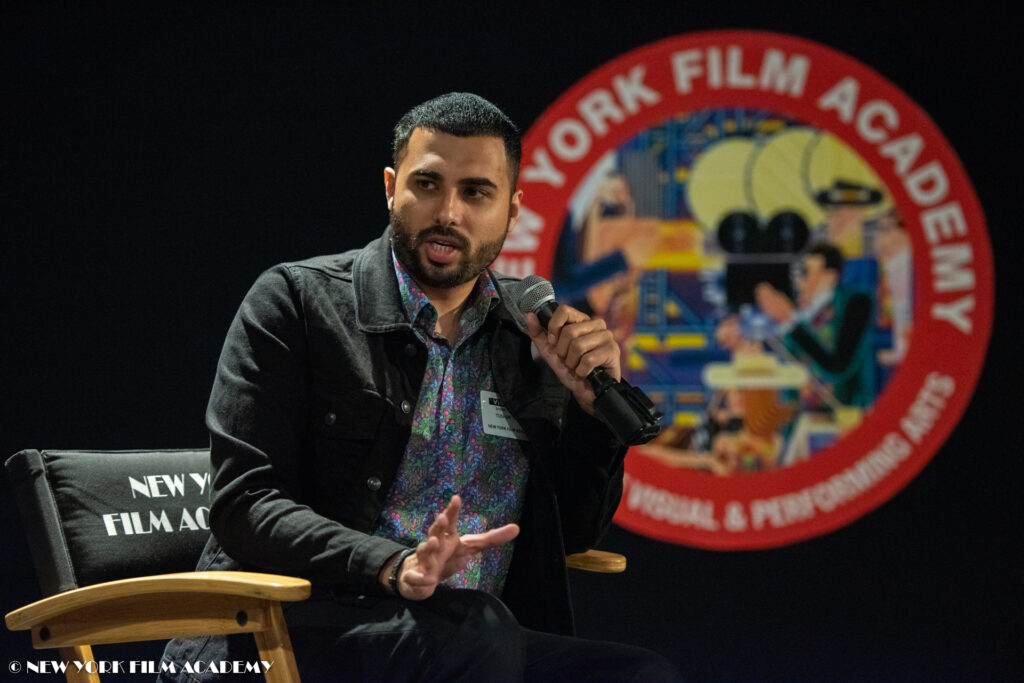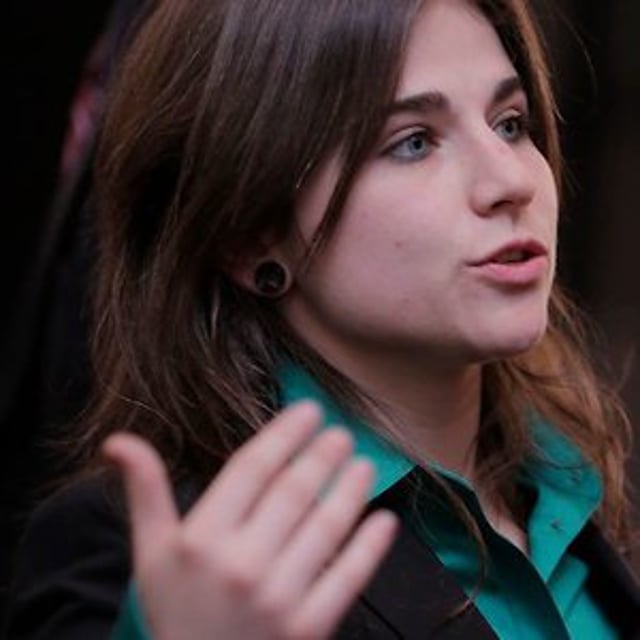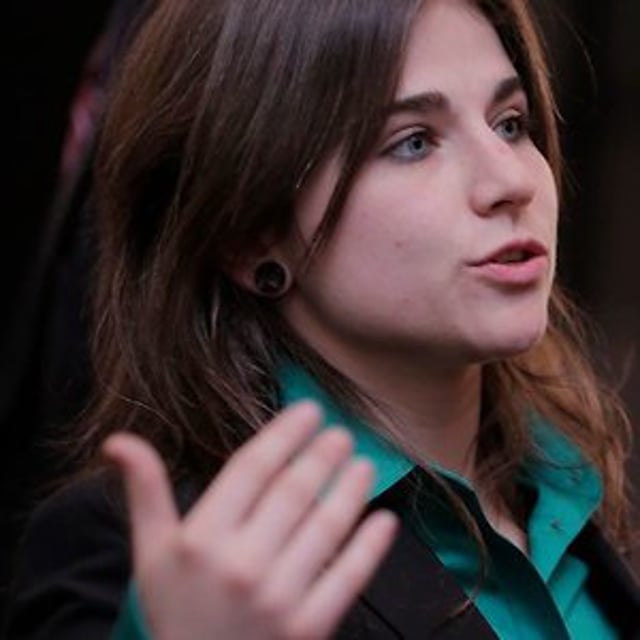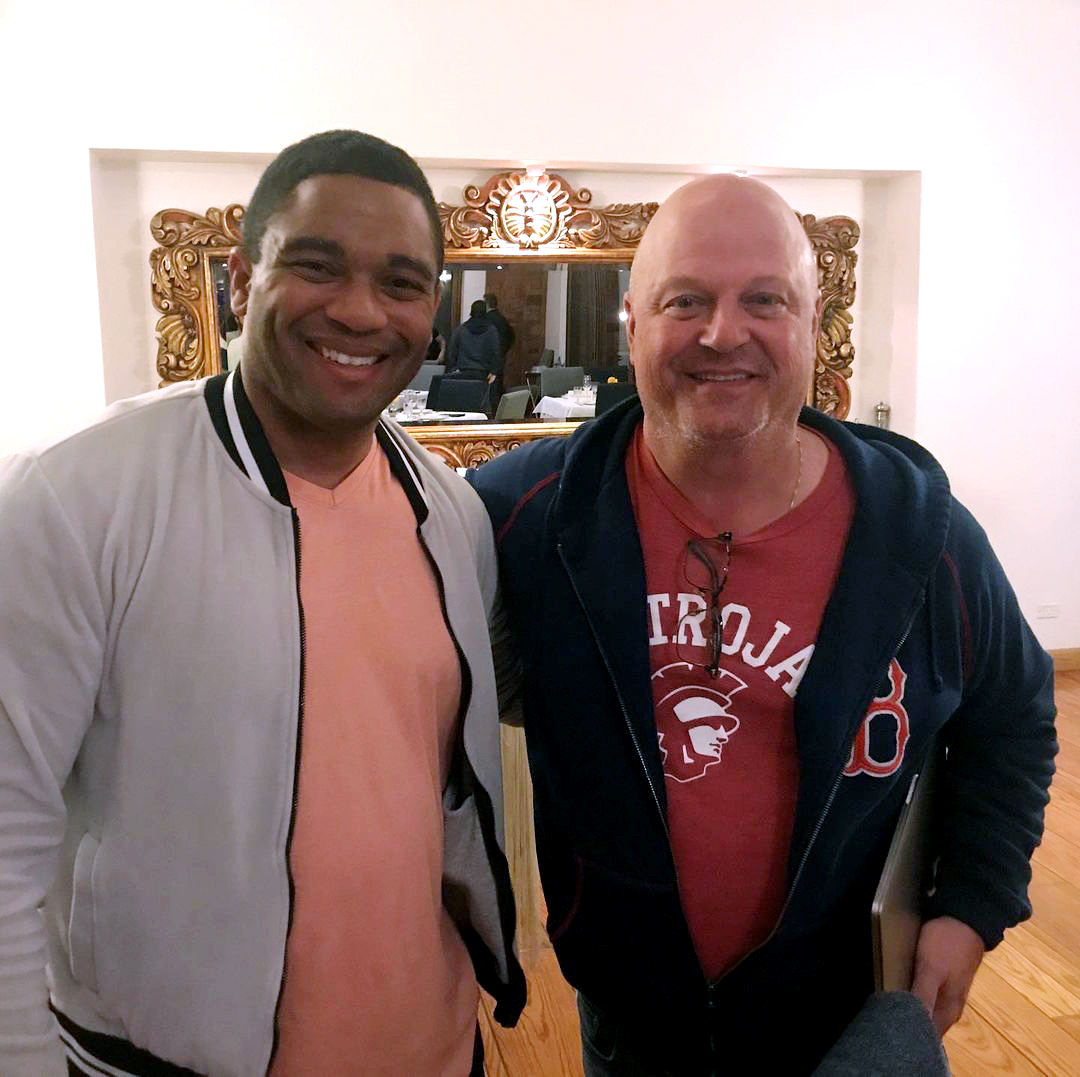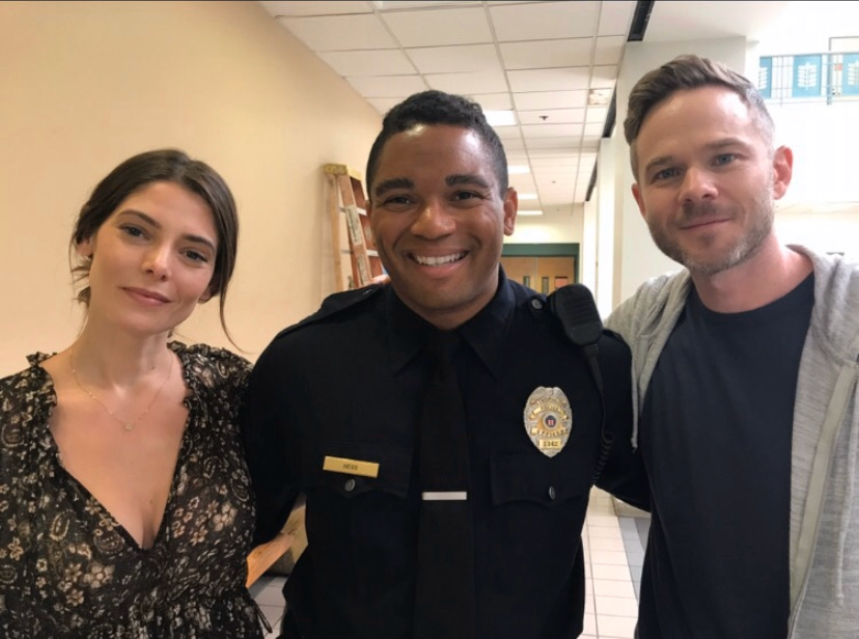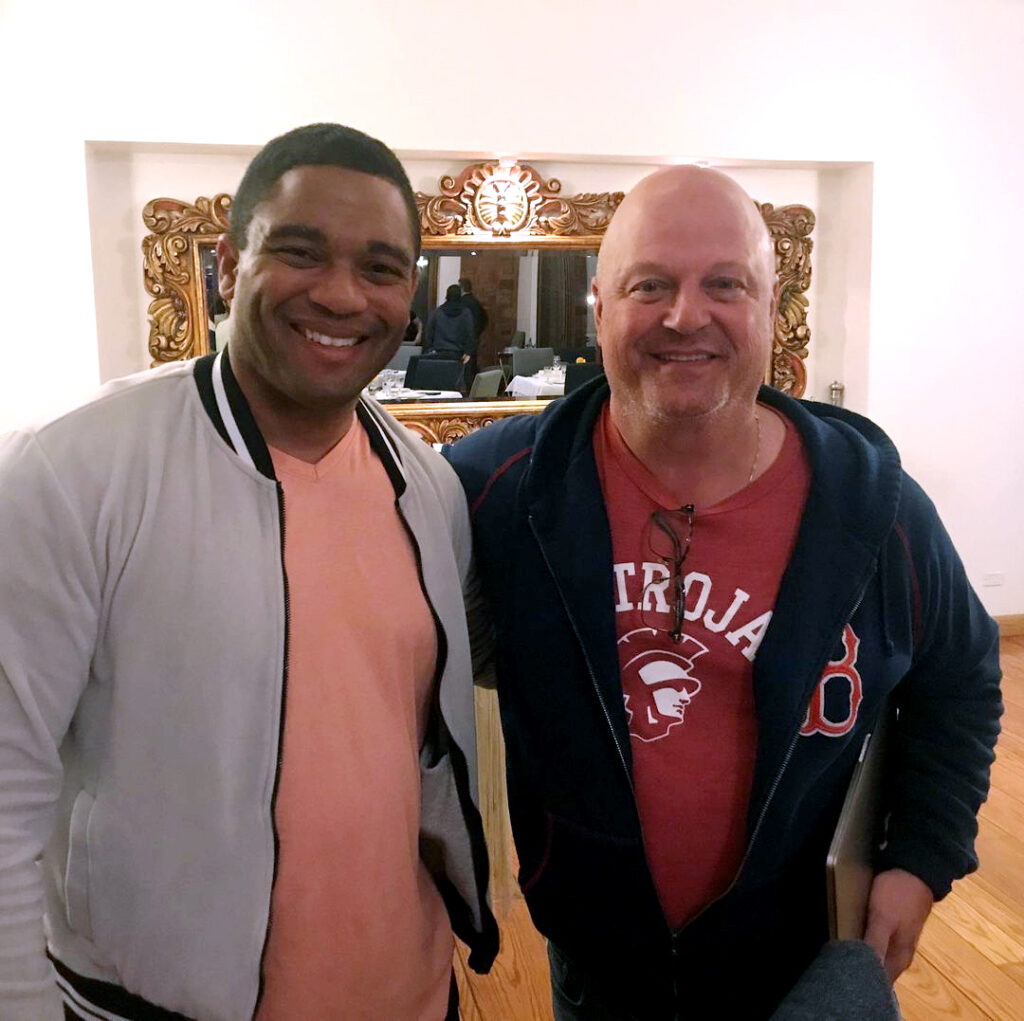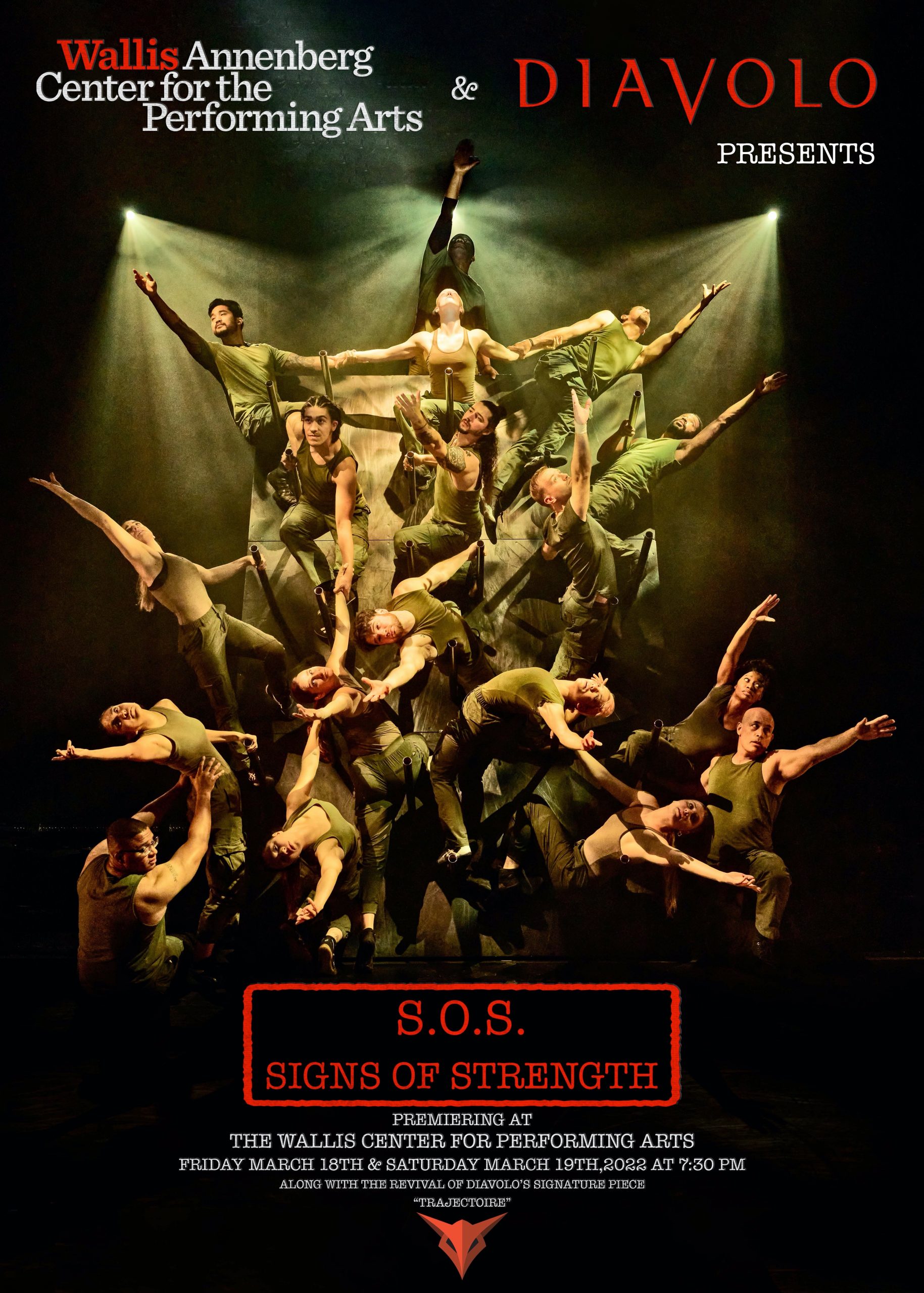From switching careers and hopping into the world of acting Zeynep (“Z”) Tozum, found a new world where she realized she fit in and belonged. After years in a different profession, the Acting for Film alum decided it was time for a change and to pursue her love of cinema and explore the performing arts.
New York Film Academy caught of the Acting Conservatory alum to discuss her plans post-graduation, staying creative during a worldwide pandemic, and her latest project Zoomin’.
New York Film Academy (NYFA): For so many people, switching careers is such a tough decision. What made you knew you could do it/want to leave and pursue acting?
Z Tozum (ZT): Honestly, I didn’t know if I could actually do it at first. I knew I was a curious/restless learner and was finding myself in a season of feeling stagnant, a familiar place similar to the one I was in 12 years ago when I embarked on a different professional transition; I felt the urge to move into another area. This time though, it was more of a conscious decision to leave my all too comfortable profession and learn a completely new set of skills.
To start off, I knew I wanted to do something around Cinema. Watching movies has been like breathing to me since the age of 10 when my dad instilled in me the love of the movies. While considering studying, I realized that unless I understood what acting was all about; studying filmmaking or screenwriting wouldn’t really make sense to me. And yet, I hadn’t even worn a tutu as a child, nor ever walked on stage with the exception of my earlier career as an executive. So I decided to give it a chance and took some classes in Portland, Oregon, where I fell in love with acting.
The following year, I set my eyes on NYFA, put my business on hold and took the 8-Week Acting For Film program to explore whether or not I could do it. After graduation, the fabulous Blanche Baker took me by the hand and set me up for an audition to apply for the 1-Year Conservatory Program. The rest is history!
Why I love acting is a question I continually ponder and the answer changes every other week: these days, I believe acting makes me feel more alive. The moment I say that I realize in how many different ways, it actually has bewitched me.
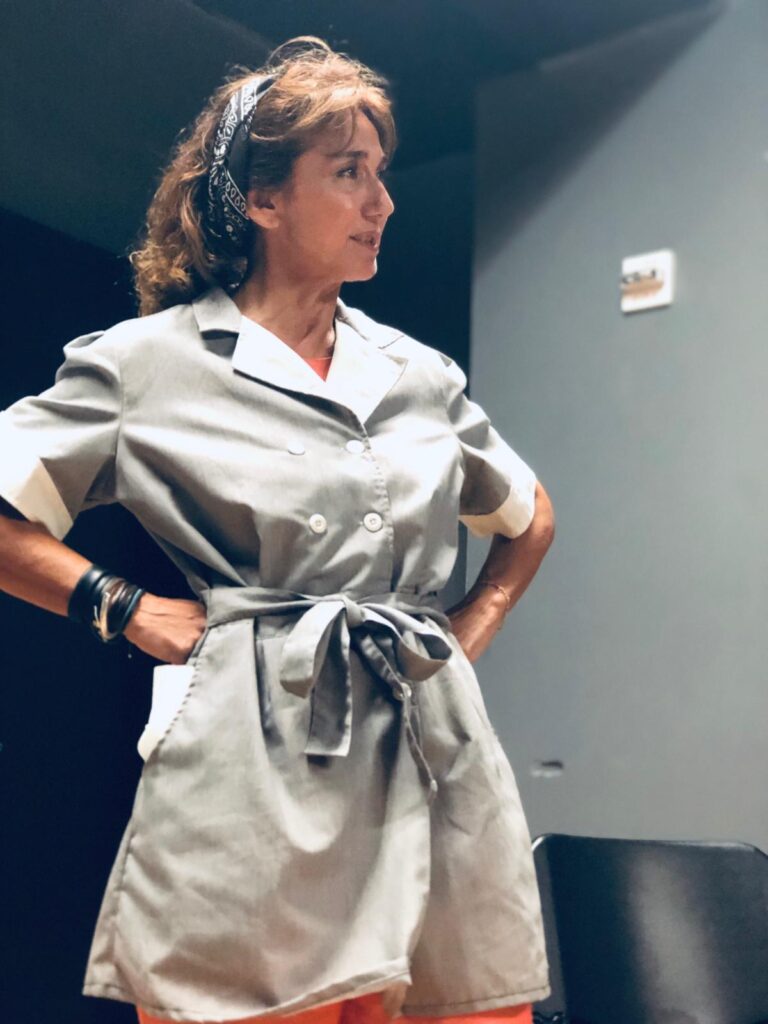
NYFA: What made you want to come to NYFA?
ZT: I was impressed that faculty was chosen from working artists and experts. I come from a corporate background, so I care a lot about practicing and learning from those experiments and failures. I sensed that the coursework would go beyond foundational theory and intellect around the matter and really teach through practice, and that grabbed me. Understanding that I am joining the game much later than my classmates, I needed to be as ready as I possibly could in order to launch myself into the work straight out of school.
NYFA: Do you have any advice for incoming students?
ZT: I’d recommend putting aside what they already know, lean into their incompetence, and trust their teachers when they get challenging assignments no matter how uncomfortable they may feel. As students at NYFA, we had the luxury of having this huge safety net: our teachers. I often felt like a baby bird, unaware that I had wings and when asked to fly off the branch and couldn’t breathe, there was always an instructor to catch me if I fell (and I’ve learned how to fall too). How rare it must be to have a support system like this in the alleys of this profession!
Stay curious about themselves; praise will be plenty but stay hungry for stretching feedback too. Lastly, stop whining about the non-stop anxiety: when I stopped, accepting that it’s part of the work, life got better
NYFA: What projects have you worked on?
ZT: As soon as I graduated from NYFA and got my OPT/work permit, I started auditioning. Barely four weeks into that process, COVID-19 hit us all. I had a year ahead of me to work as an actor, to get some commercial credits for a longer-term artist visa, and boom! That movie had ended so abruptly.
Then I took a deep breath in and created my own project: a mini web series with a group of very talented people, called Zooming In, which went live on YouTube in November 2020.
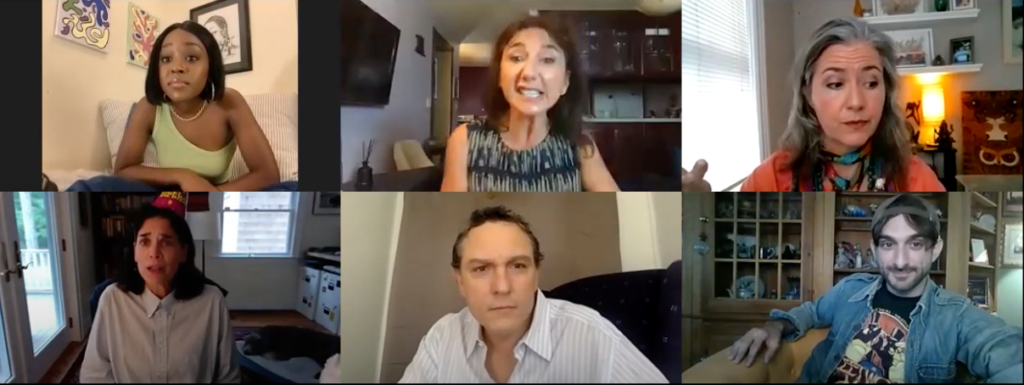
NYFA: Can you tell us more about your new series Zooming In that you created? Where did you get the idea and how did it come to be?
ZT: After a few weeks of mental and emotional stress, I decided that I needed to create my own project in order to keep my sanity intact and to keep working on my craft despite the industry’s complete shut-down. I had been thinking a lot about how social lives had been reduced to the size of a phone or computer screen and how that must be affecting people in many facets given their psychological make-up, experiences, habits, and will to survive. One evening, I found myself imagining the life of a working woman, living by herself and struggling on all fronts of life. I wrote a synopsis and the first episode for a mini web-series idea.
I sent it to Jenna Mate, my teacher from NYFA and a theatre director. She liked the idea and very generously offered to direct it (all on Zoom of course). Honestly though, I don’t know that I could ever do this project if it wasn’t for Jenna’s encouragement and ability to refine the idea, get writers to write the remaining episodes, and enroll other actors. Her work with us on this project was crucial. I realize now that if there is hope and will, there is always a way. Then there is the element of luck too, but luck is not enough on its own either; it’s really choosing NYFA as my drama school, the way they set us up for challenges, and Jenna Mate’s big heart and professional expertise that made it all come together.
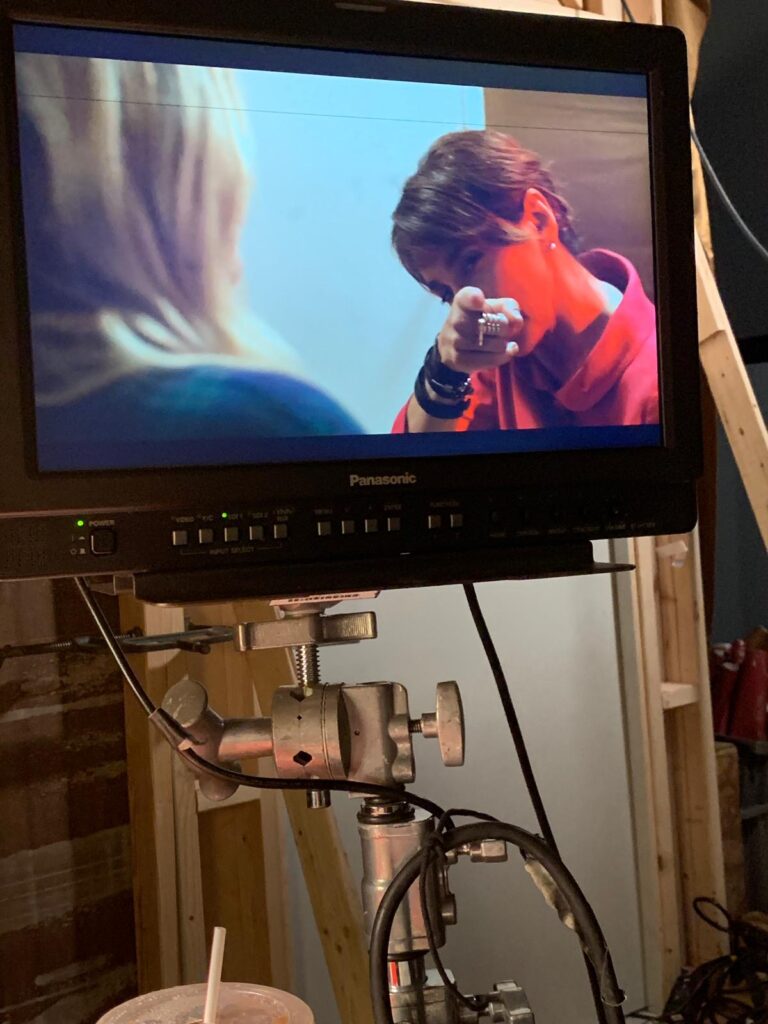
NYFA: It’s been a tough time for the film and entertainment industry, how have you stayed positive?
ZT: Accepting the circumstances (no jobs; threatened health; isolation), staying sharp with what I wanted (to act), creating options to practice (continuing training in specific areas of the craft), and ferociously reading and watching performances…all these helped me preserve my mental and emotional sanity. While writing these words, I am realizing how similar it is to the process of acting: know your circumstances, know your objective, go and get it in any way you can. I am thinking that acting is all about living, and the reverse is equally true too.
Lastly, the power of hope. That is why we called it “Project Hope.” All cast and crew members donated their time to bring this project to life. We hope this will create a wave of “hope” among performing artists who are facing trials/ hardship during these disturbing and challenging times.
NYFA: Is there anything else you’d like to add?
ZT: Four months have passed since Zooming In went live and my mind is already set for doing a new/better/different project. That keeps me energized and growing and while the chaos of our days can be disturbing, I do believe we risk perishing in an excess of stability as well. Hence the beauty of welcoming change and acting on it!
I’d like to end with a moving quote from W. Saroyan (from the introduction to his play called Time of your Life):
“In the time of your life, live so that in that wondrous time you shall not add to the misery and sorrow of the world, but shall smile to the infinite delight and mystery of it.”
New York Film Academy would like to thank Z Tozum for taking the time to share more about how she got her start in acting and her motivations for the craft.


